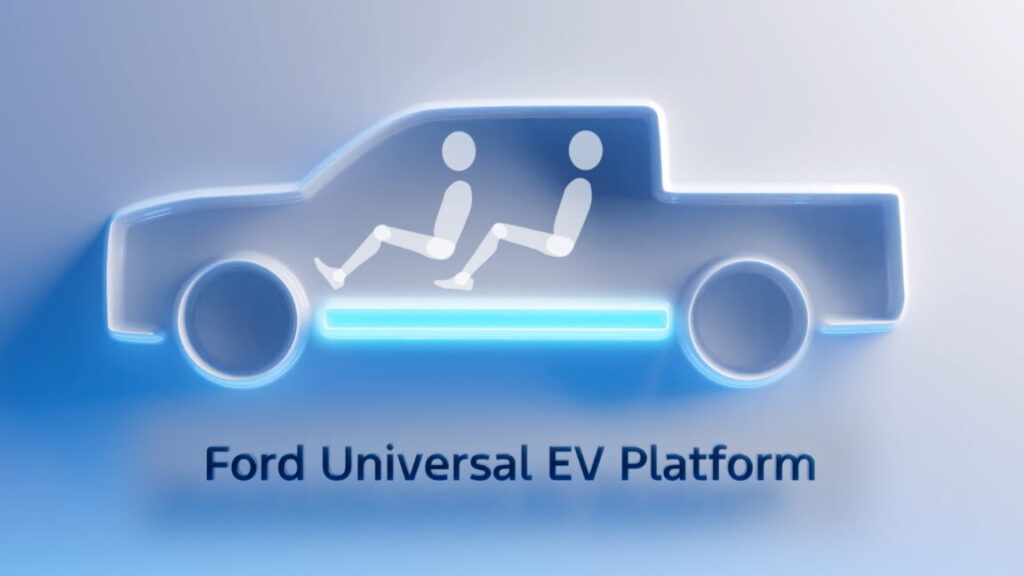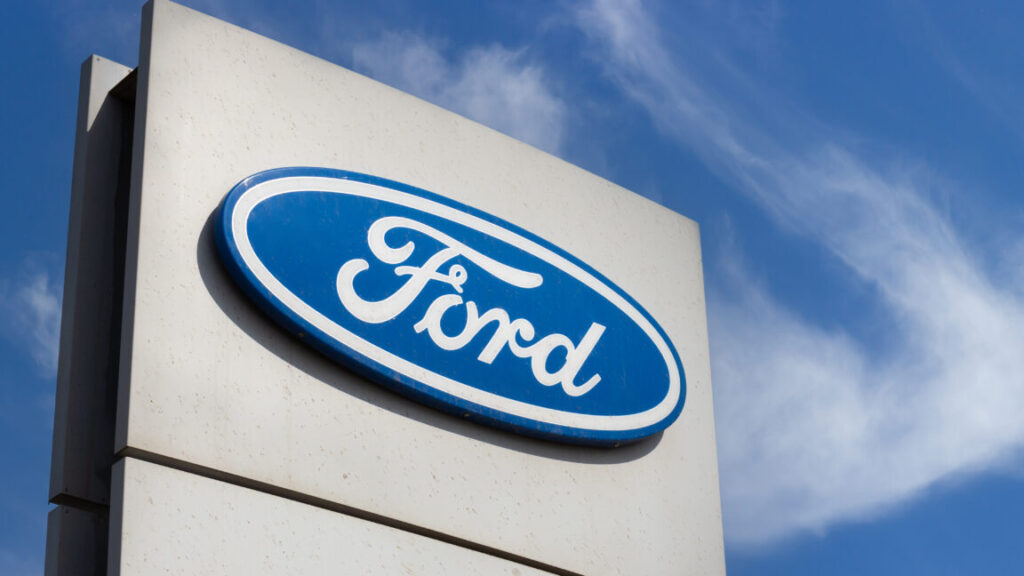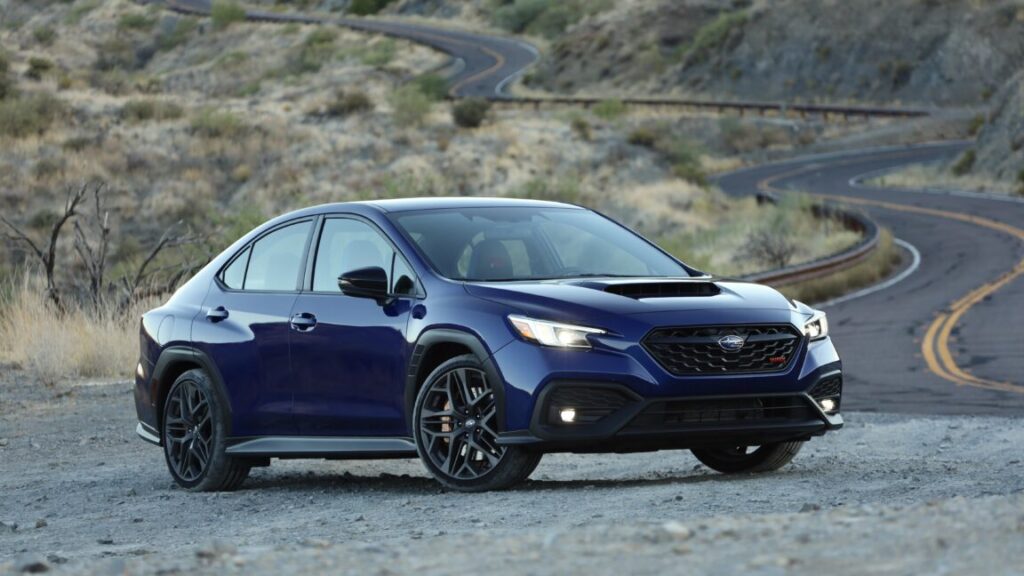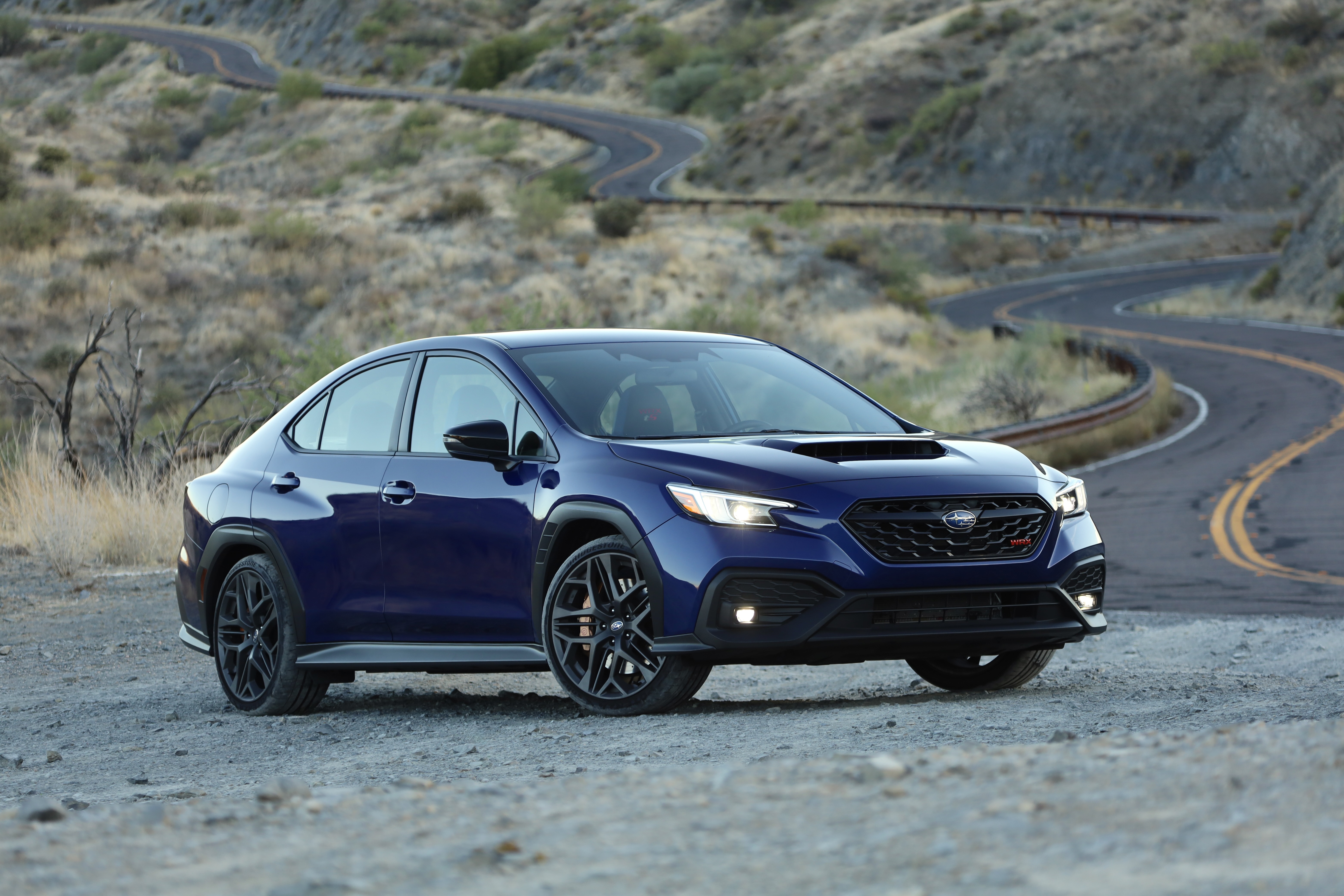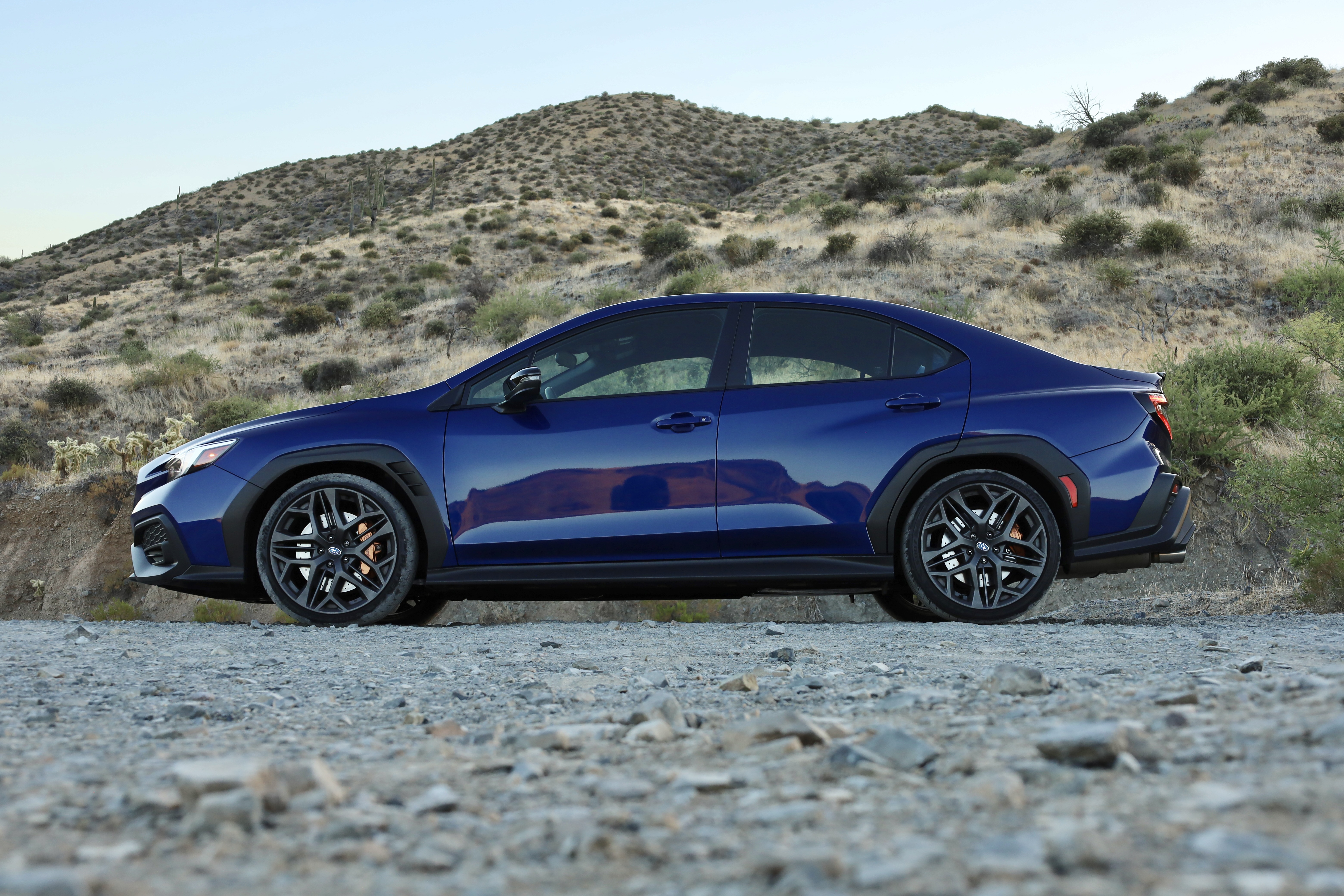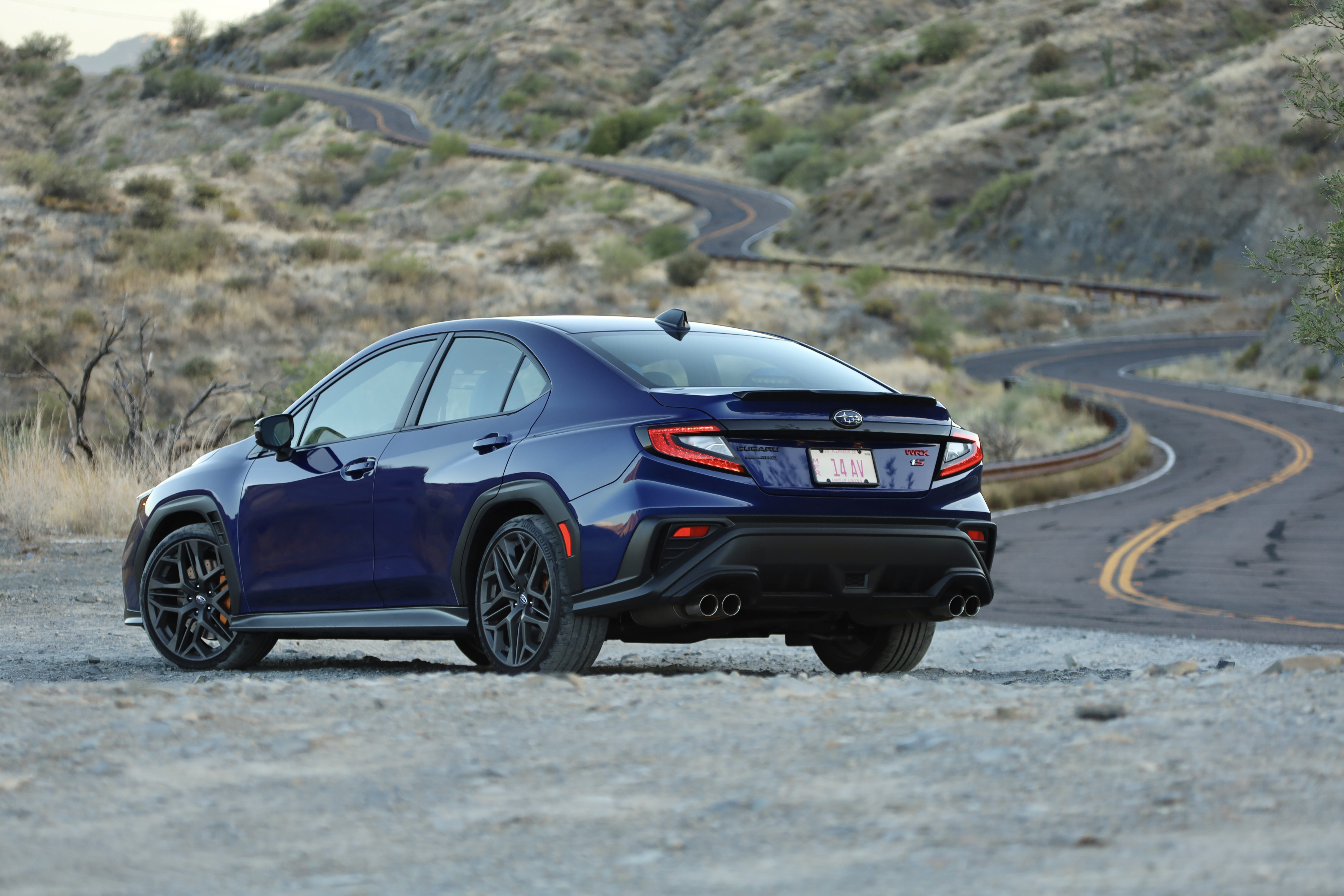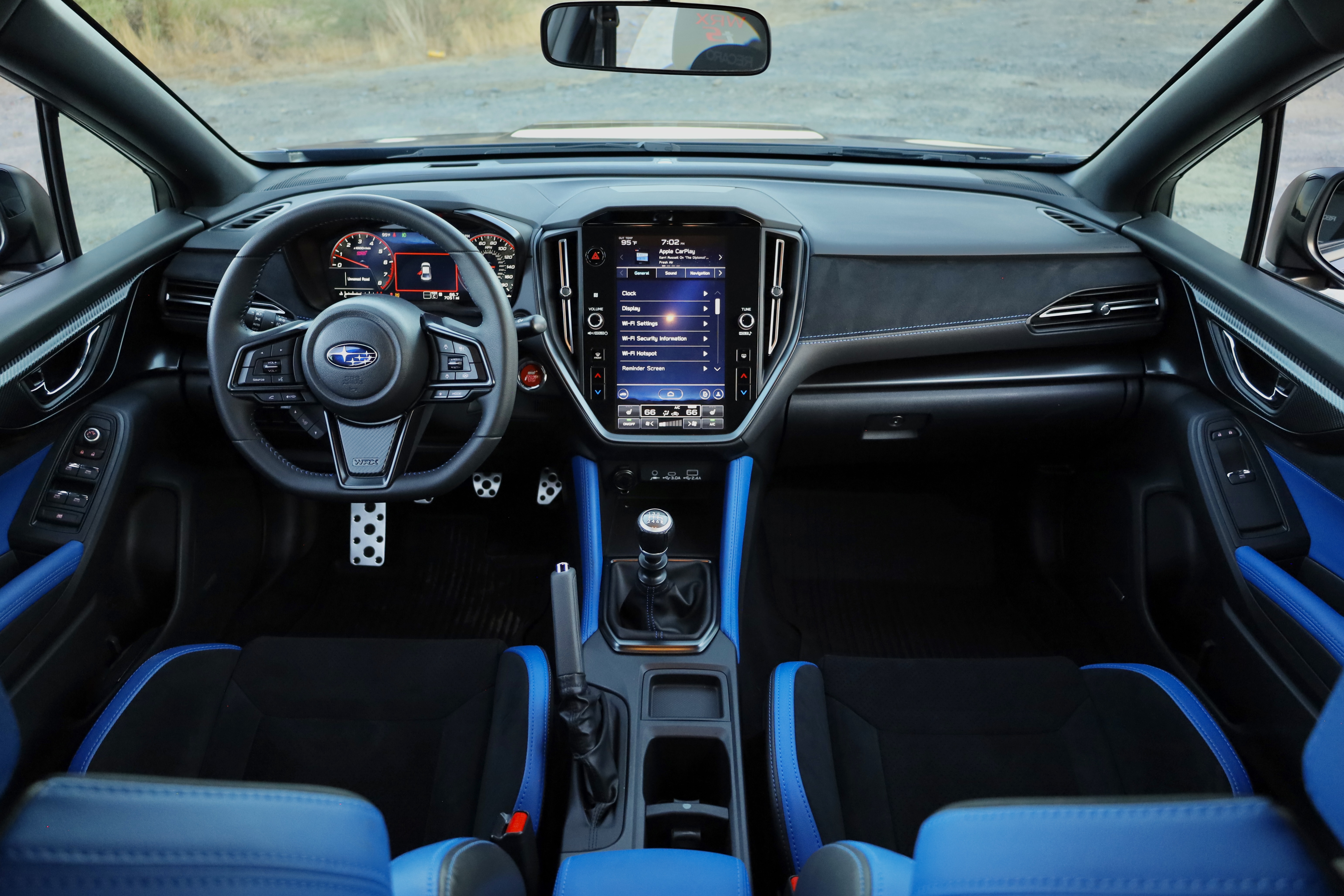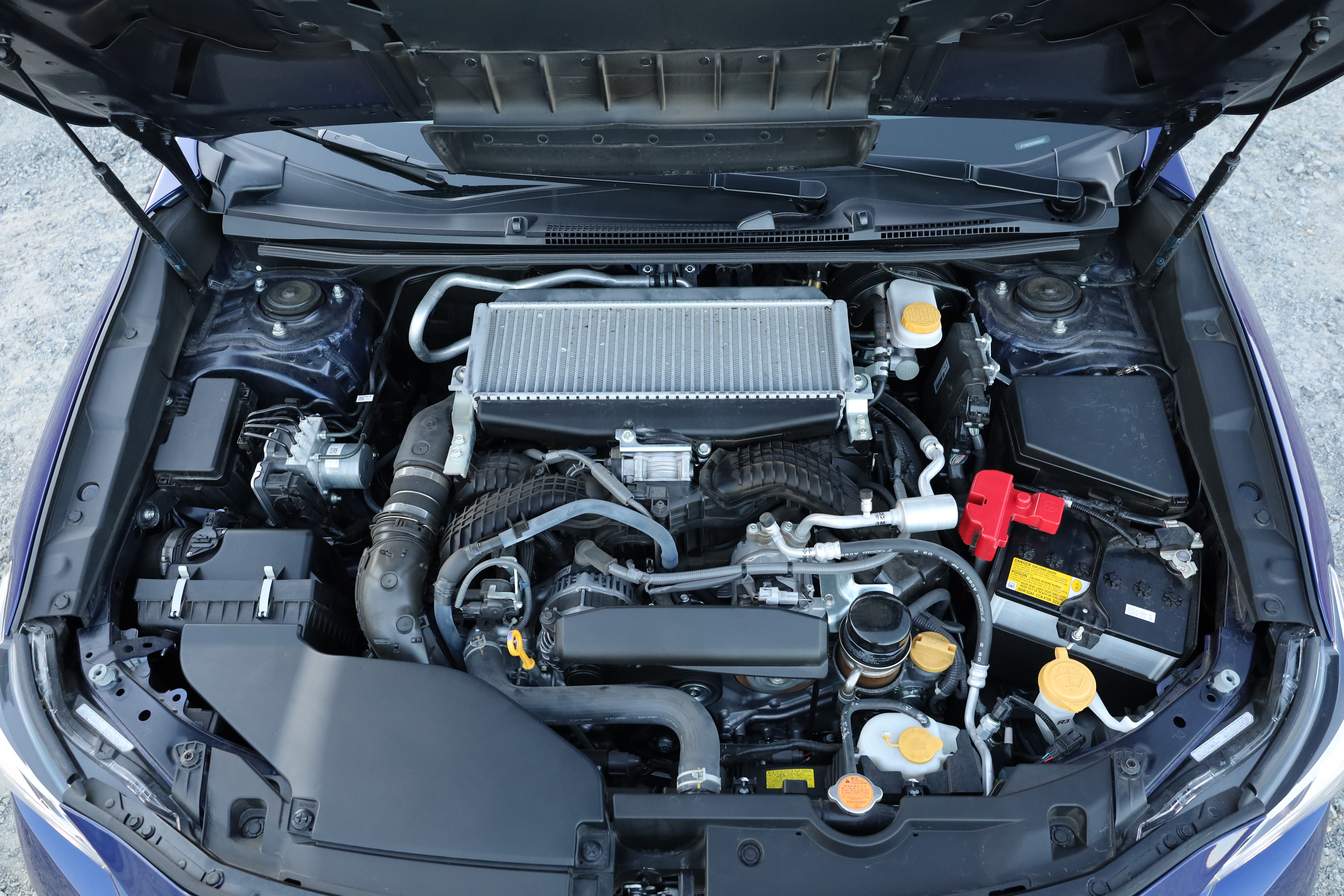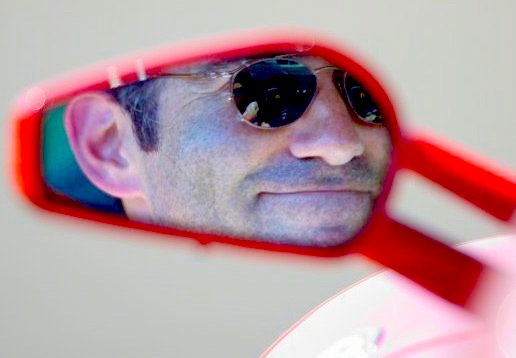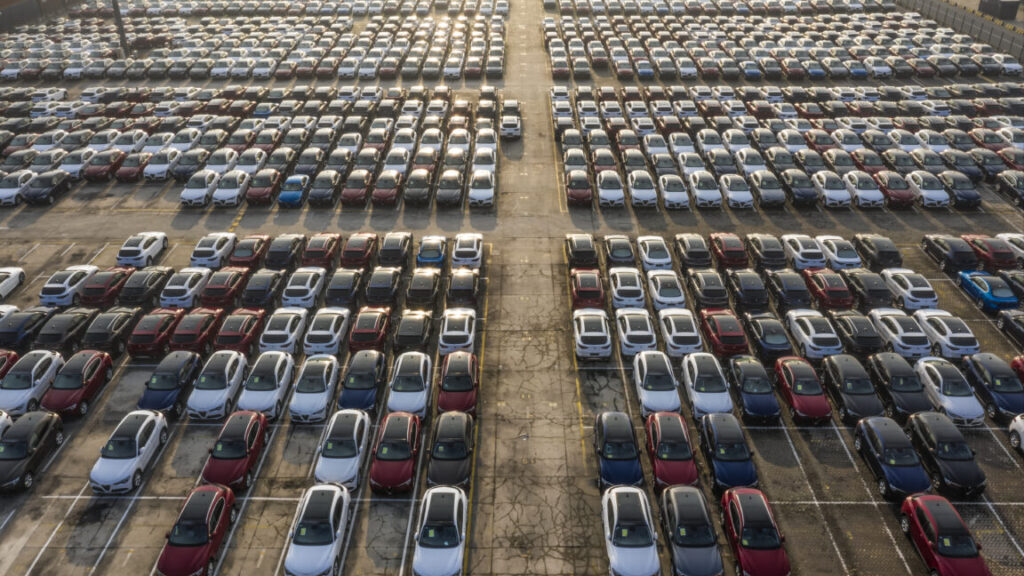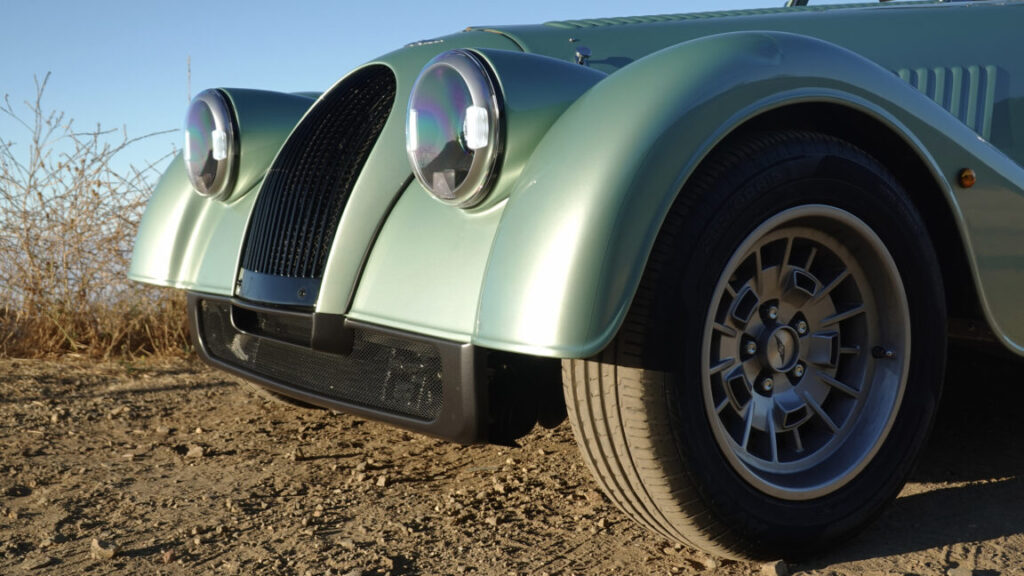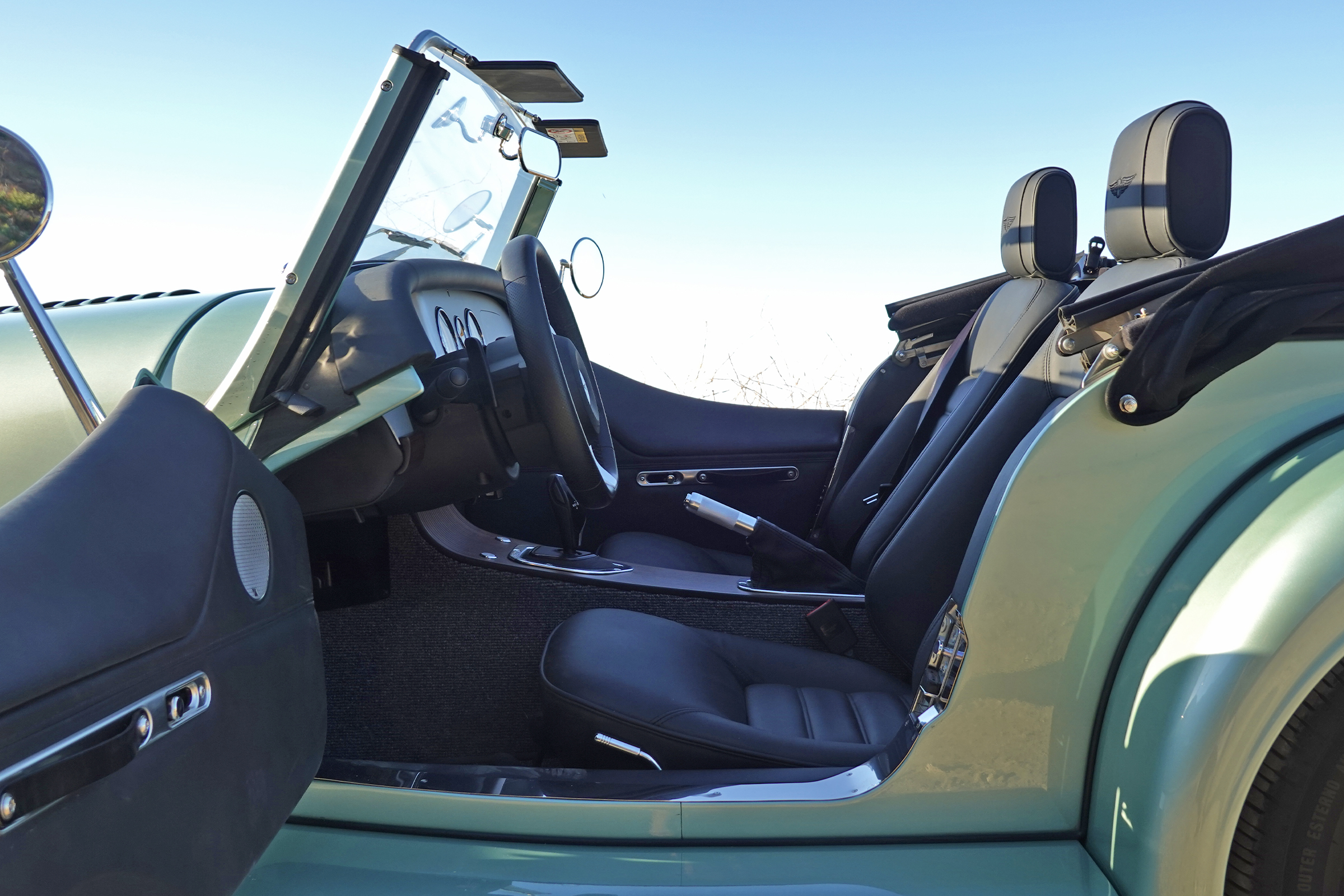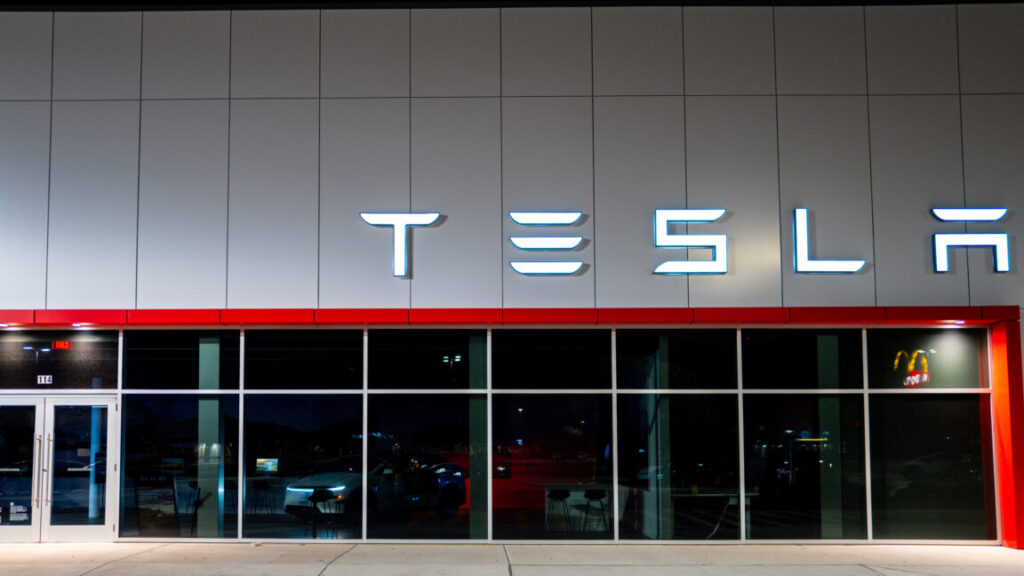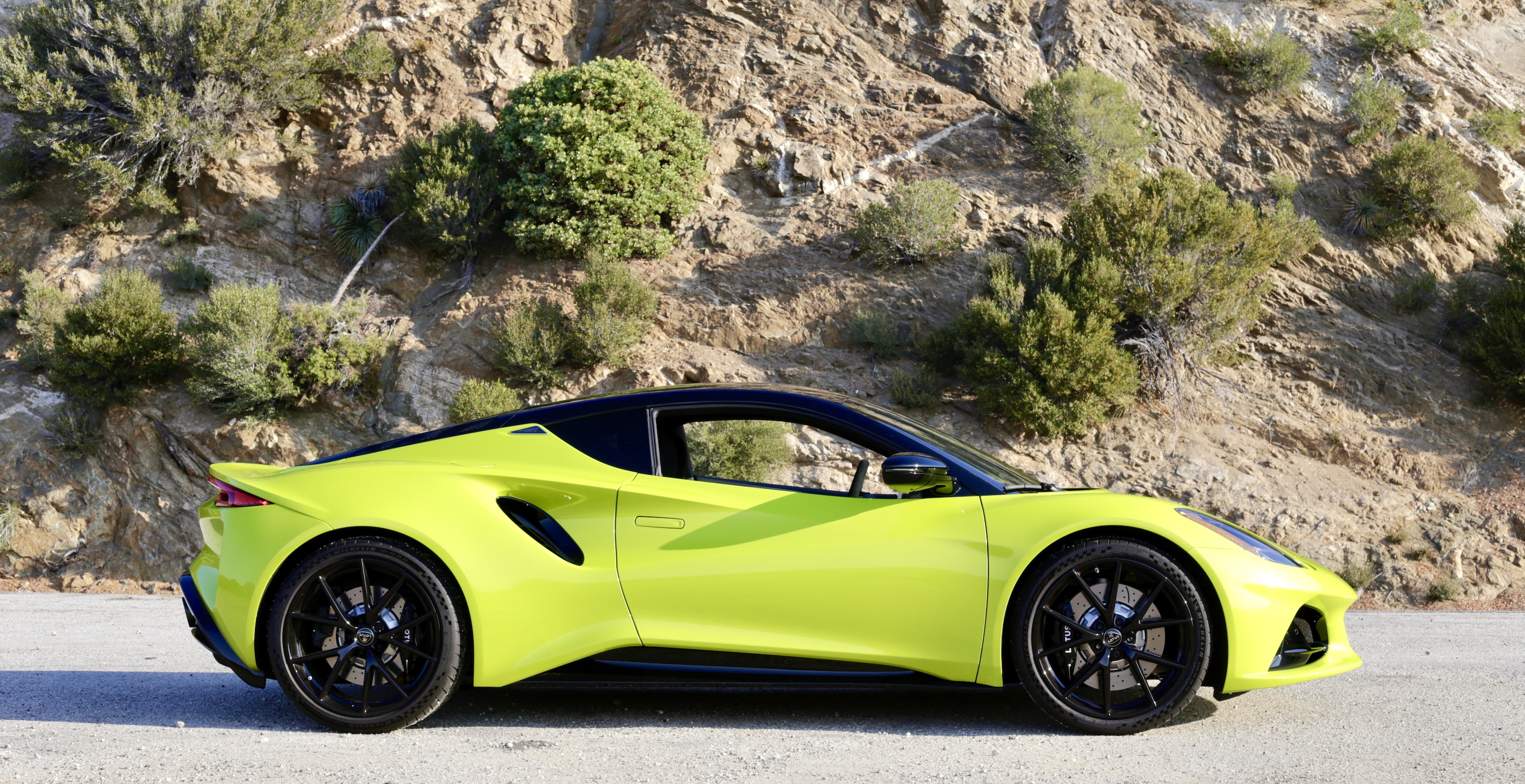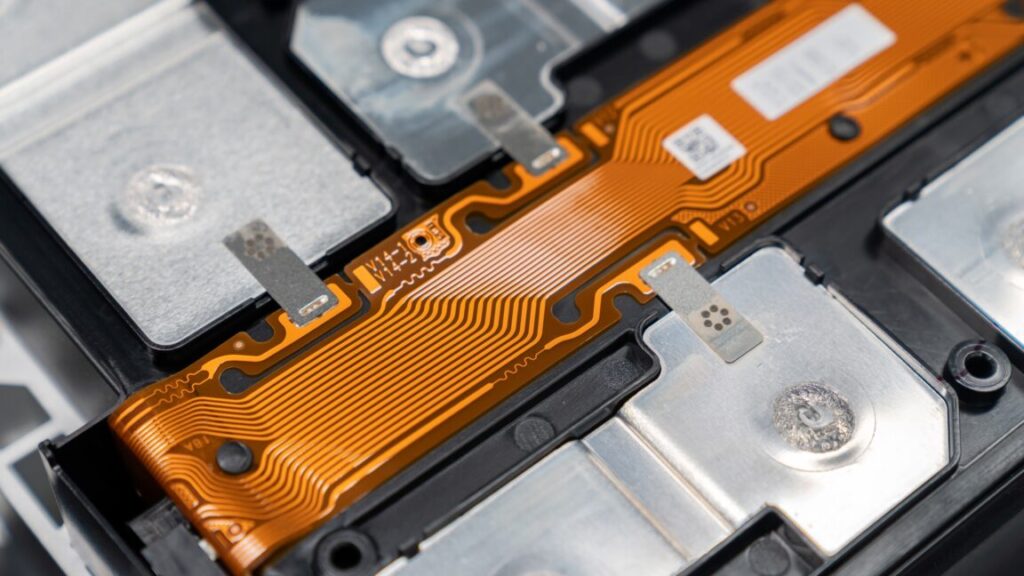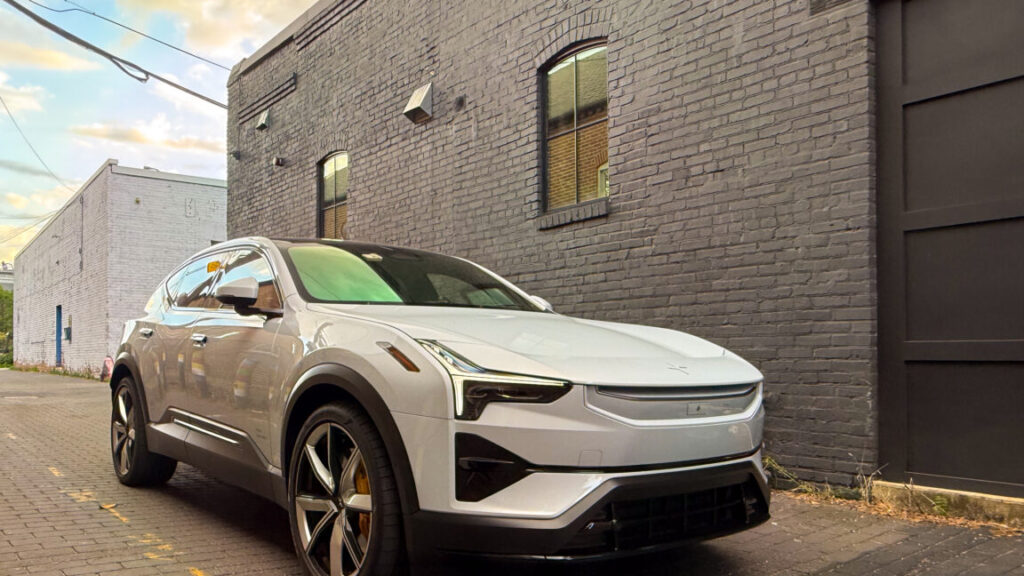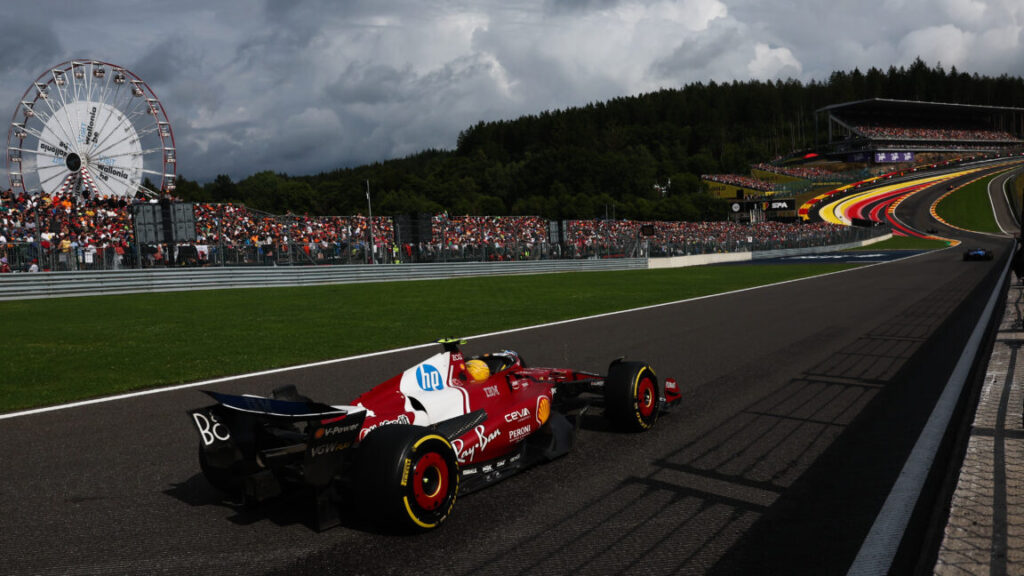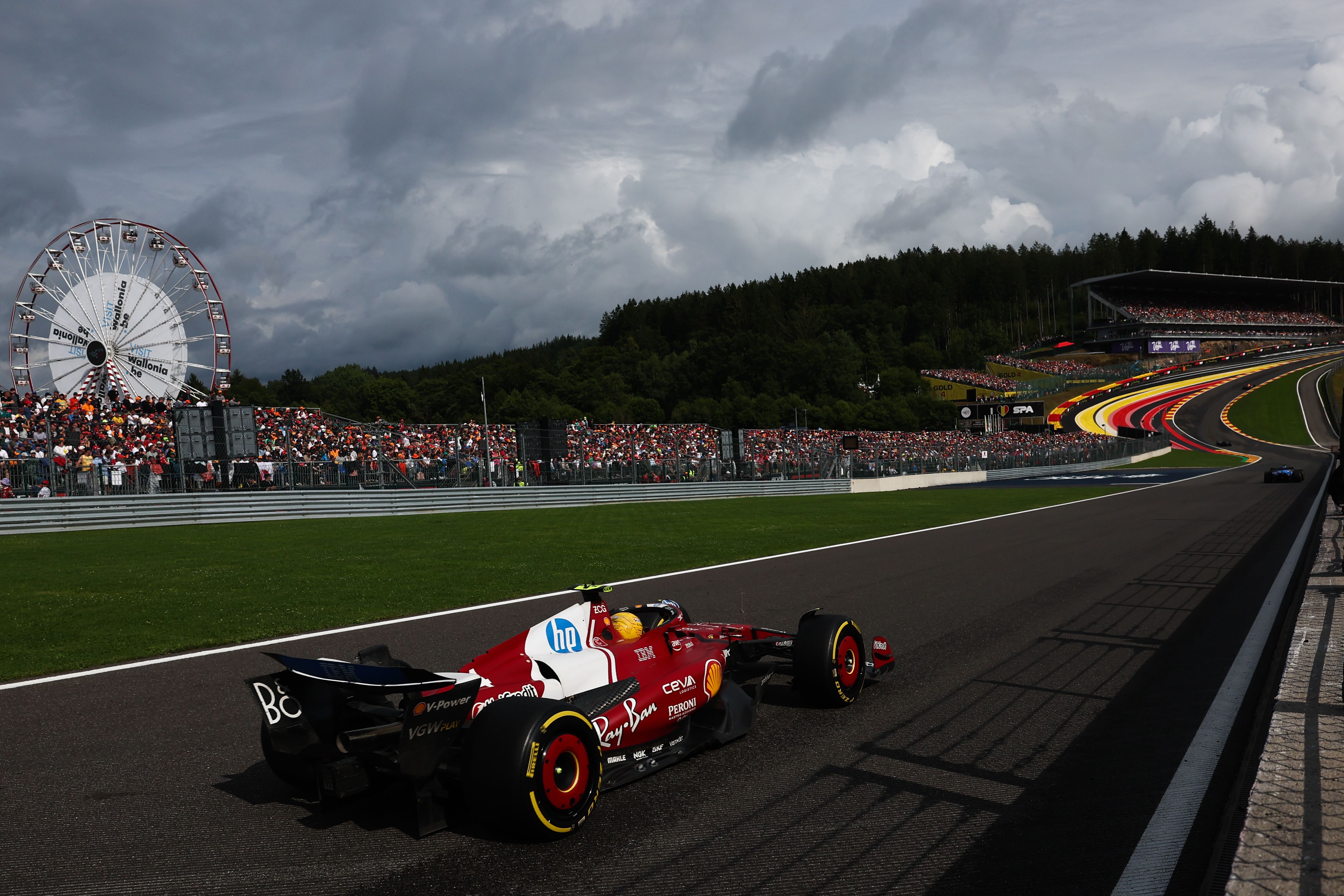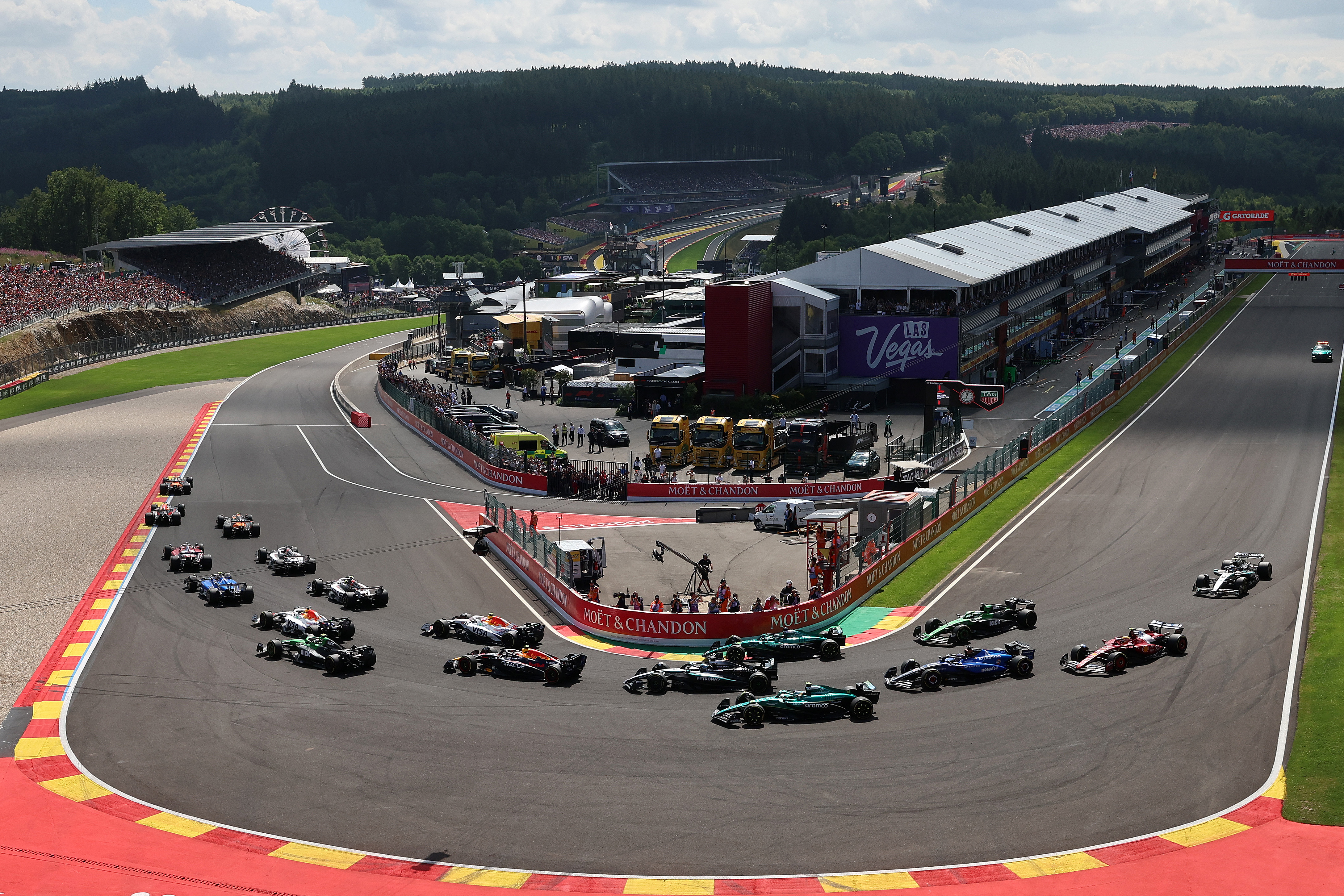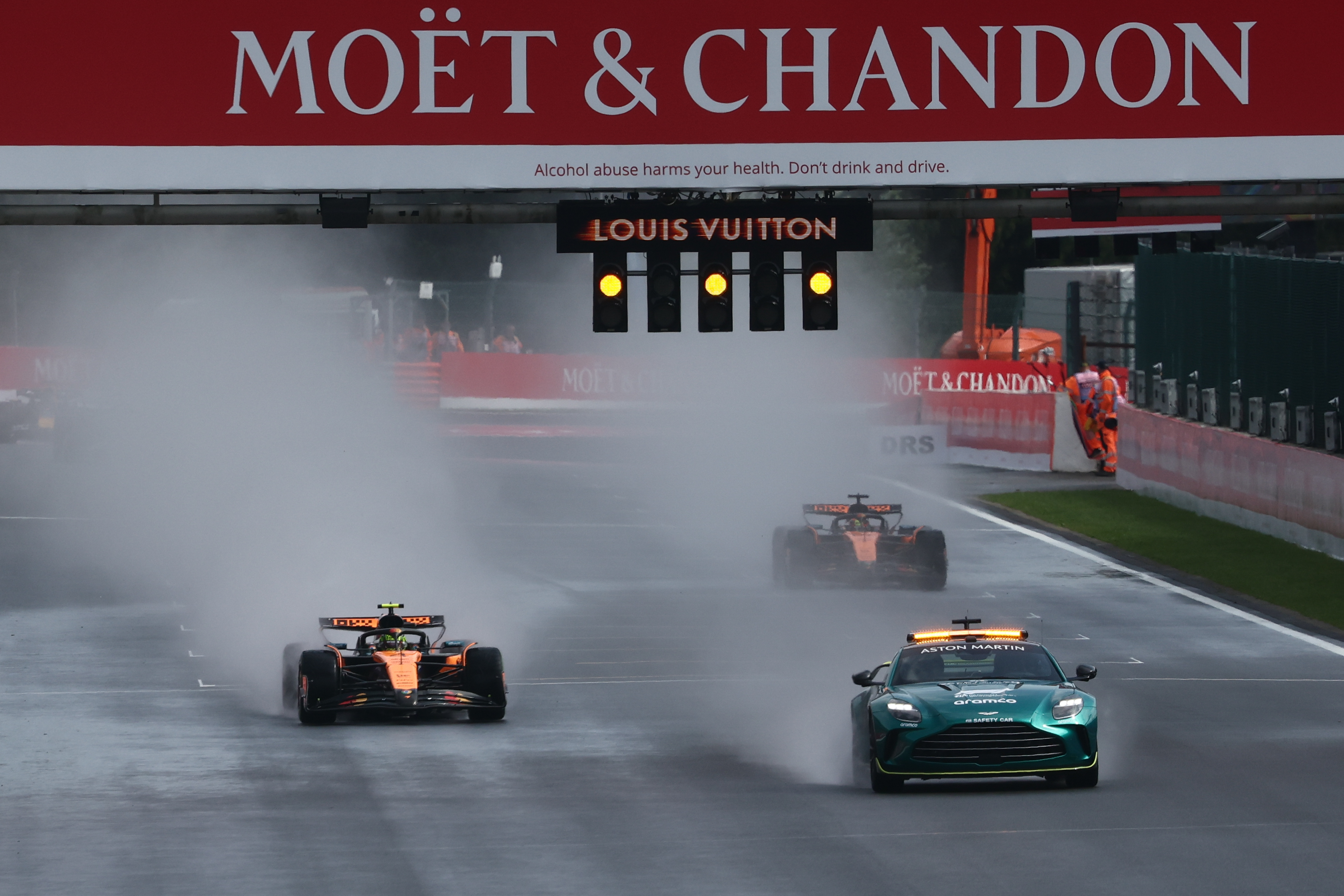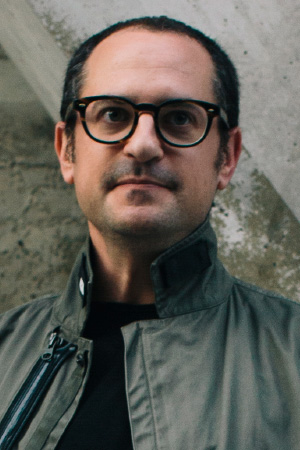$30k Ford EV truck due in 2027 with much-simpler production process
Ford will debut a new midsize pickup truck in 2027 with a targeted price of $30,000, the automaker announced today. The as-yet unnamed pickup will be the first of a series of more affordable EVs from Ford, built using a newly designed flexible vehicle platform and US-made prismatic lithium iron phosphate batteries.
For the past few years, a team of Ford employees have been hard at work on the far side of the country from the Blue Oval’s base in Dearborn, Michigan. Sequestered in Long Beach and taking inspiration from Lockheed’s legendary “skunkworks,” the Electric Vehicle Development Center approached designing and building Ford’s next family of EVs as a clean-sheet problem, presumably taking inspiration from the Chinese EVs that have so impressed Ford’s CEO.
It starts with a pickup
Designing an EV from the ground up, free of decades of legacy cruft, is a good idea, but not one unique to Ford. In recent months we’ve reviewed quite a few so-called software-defined vehicles, which replace dozens or even hundreds of discrete single-function electronic control units with a handful of powerful modern computers (usually known as domain controllers) on a high-speed network.
“This isn’t a stripped‑down, old‑school vehicle,” said Doug Field, Ford’s chief EV, digital, and design officer, pointedly comparing the future Ford to the recently revealed barebones EV from Slate Motors.
An animation of Ford’s new vehicle architecture.
Starting from scratch like this is allowing vehicle dynamics engineers to get creative with the way EVs handle. Field said that the company “applied first‑principles engineering, pushing to the limits of physics to make it fun to drive and compete on affordability. Our new zonal electric architecture unlocks capabilities the industry has never seen.”
$30k Ford EV truck due in 2027 with much-simpler production process Read More »
